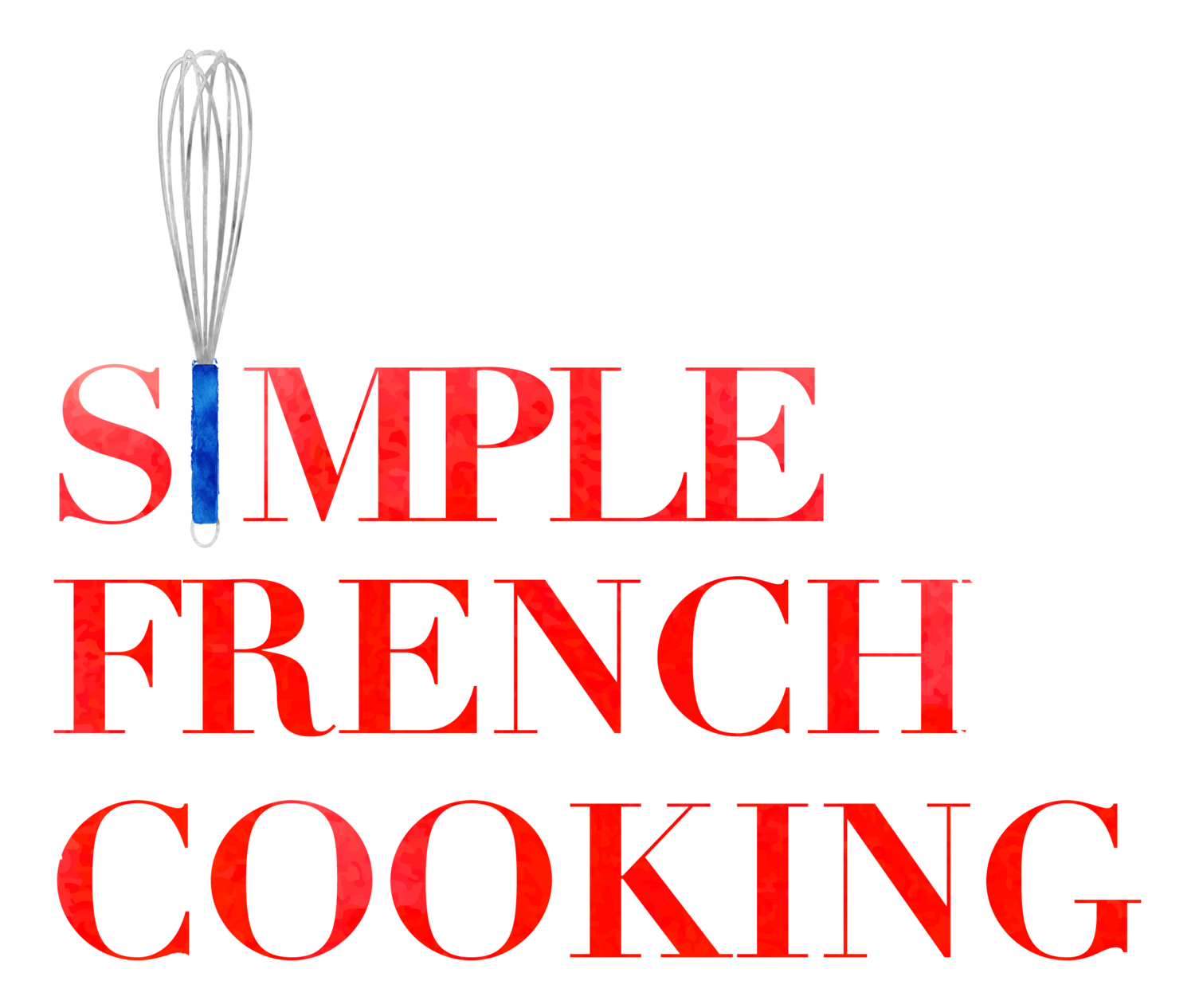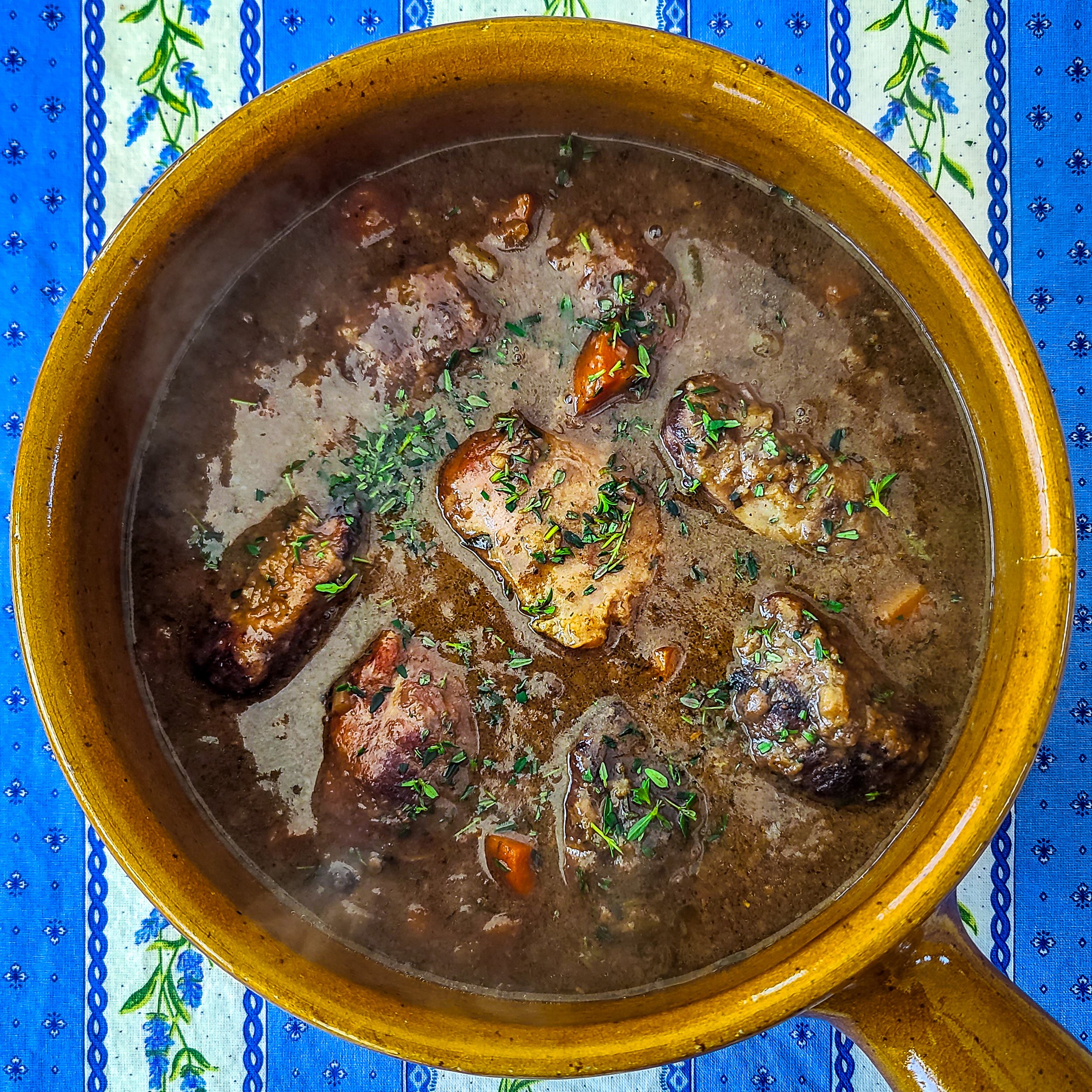Daube of Pork Cheeks
This Provençal pork stew is ideal for chilly days when you crave a comforting meal. Traditionally, daubes were prepared in the fading embers of a wood fire using a distinctively shaped pot known as a daubière. The extended cooking time and the pot’s rounded form facilitate a convection process, where heat rising from the bottom transforms into steam, meets the cooler top, and condenses back down onto the simmering meat. This cycle helps the collagen in the braising meats convert to gelatin, giving the final dish a smooth and silky texture.
Civet of Pork
Our only task of the day was to eat the first serious meal of our trip — lunch at Chez Hugon, an old-fashioned bouchon. Something I had been looking forward to since I last paid the check at the very same restaurant 4 years prior.
Corsican Pork Stew (Pebronata)
Pebronata (Peh-Bro-Nah-Tah) is a Corsican daube or stew generally made from goat meat, although it is often made from beef, veal, or pork. There are 3 distinct steps in the creation of an authentic pebronata: cooking the pork, preparing the tomatoes sauce, and sauteing the sweet peppers. Pebronata is the perfect Fall dish to celebrate the end of peppers and tomatoes growing in your garden and the changes in the weather.
Pot au Feu, The Quintessential Family Meal of France
Pot-au-feu is a slowly simmered meat and vegetable dish that appears on most home tables in France. Pot au Feu, which literally translates to ‘pot in the fire’, started its life in working-class homes as a way to make less expensive cuts of beef more tender and palatable. Think the original crockpot. The long slow cooking resulted in 2 dishes: a clear nourishing broth and a rich meal of beef and vegetables.
Blanquette de Veau (old-fashioned veal stew)
Like many old dishes, the exact origins of blanquette de veau are not known though many speculate its birth occurred near Lyon. Blanquette is more a preparation technique rather than a specific dish. The name implies the dish will be white-colored. In Robert Courtine’s book ‘The Hundred Glories of French Cooking’ he states: “ In the kitchen, when we say ‘a blanc’ we mean a clear veal or poultry broth, or a court bouillon whitened with flour, and the blanquette is a white dish in both these senses.” A blanquette therefore can be made with chicken, rabbit, lamb, or even seafood.





